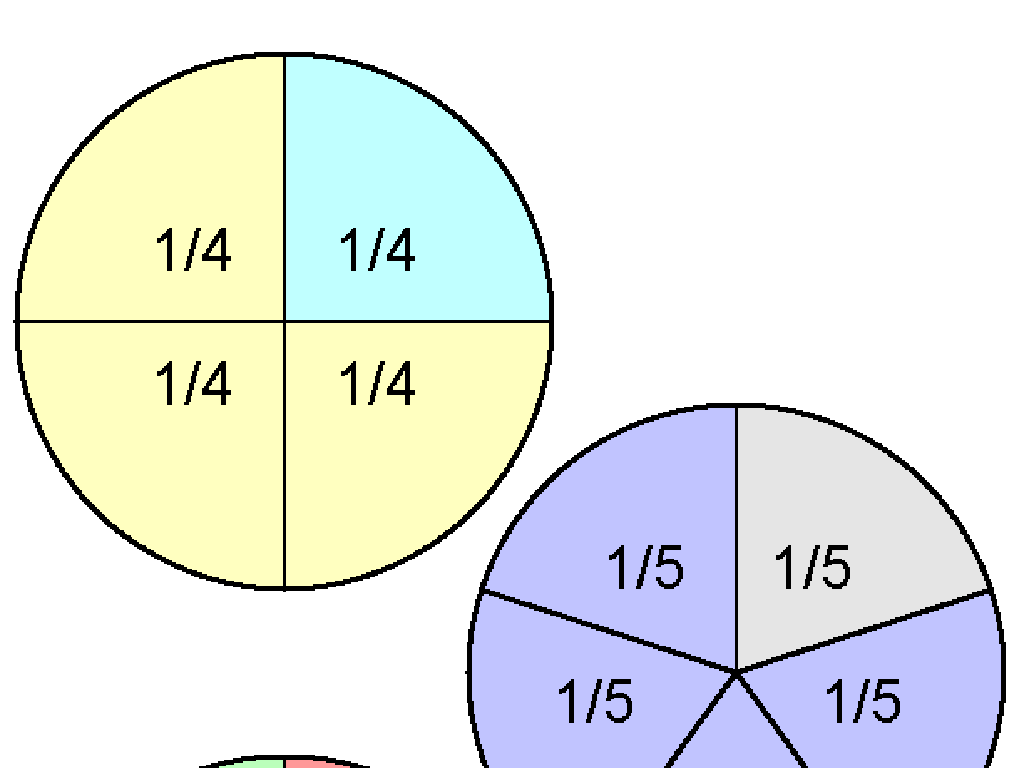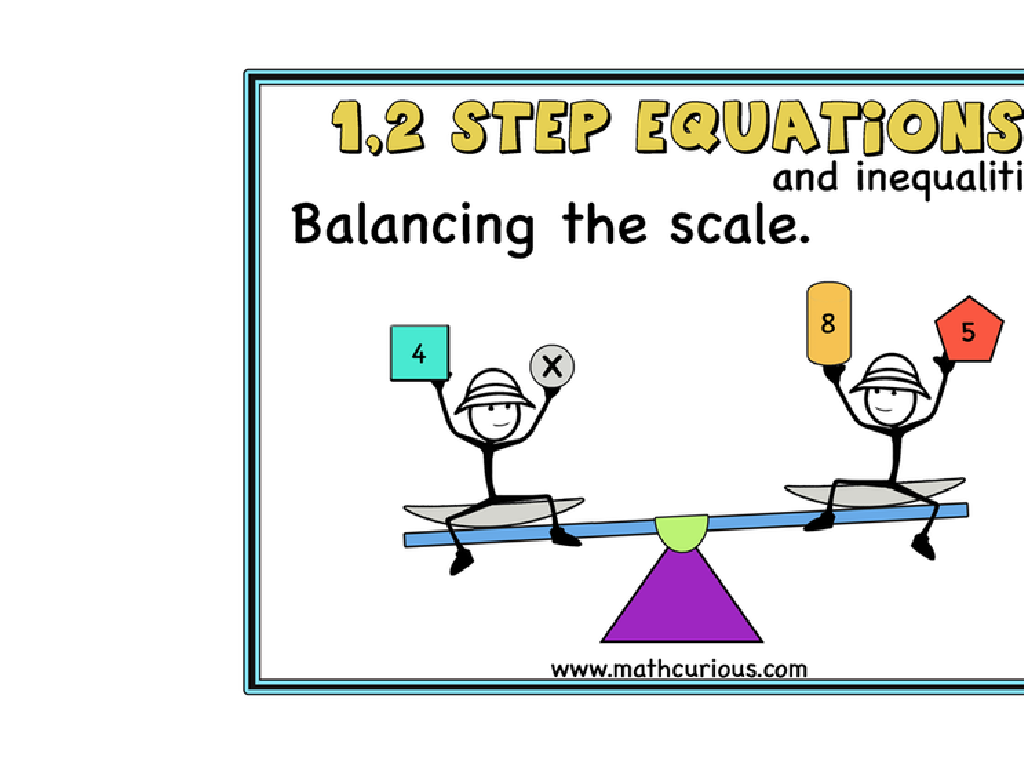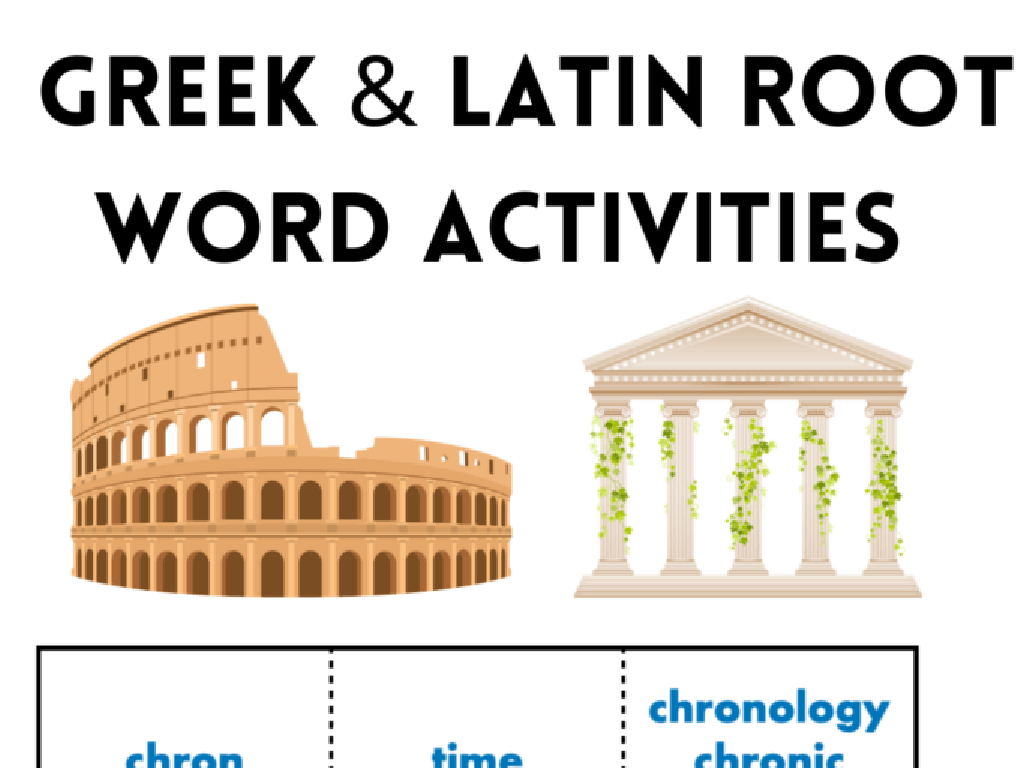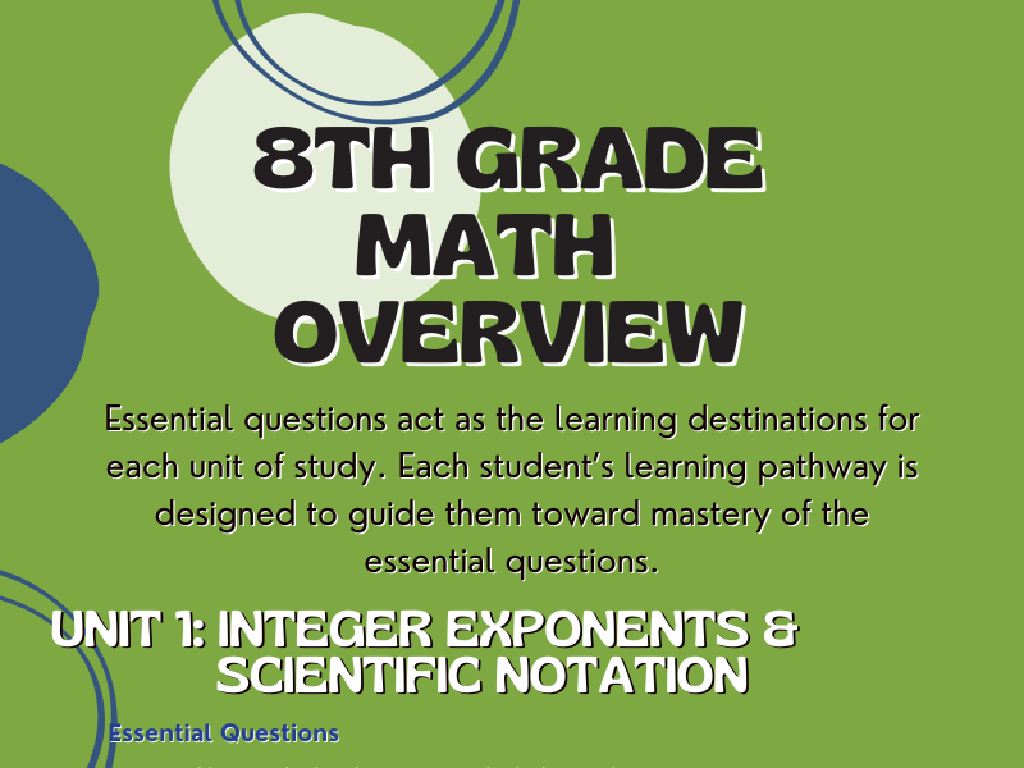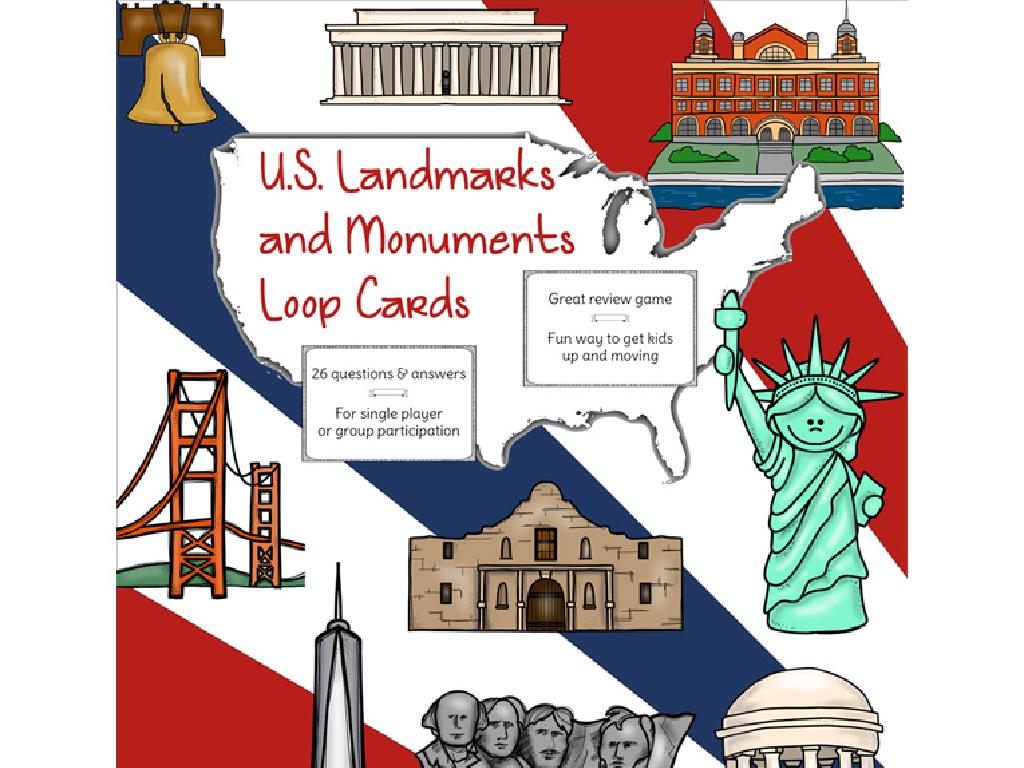Subtraction Sentences Up To 10: What Does The Cube Train Show?
Subject: Math
Grade: First grade
Topic: Understand Subtraction
Summary: Introduce first graders to subtraction sentences up to 10 using cube trains for a clear, hands-on learning experience. With visual aids and practical activities, students practice taking away cubes, counting the remainder, and writing subtraction sentences. These engaging math lessons help children visually understand the concept of 'taking away' and build foundational subtraction skills aligned to grade-level standards. Encourage continued practice with real-life objects for confident math mastery.
Please LOG IN to download the presentation. Access is available to registered users only.
View More Content
Welcome to Subtraction!
– Greetings First Graders!
– Learning to take away
– Subtraction means taking one number away from another.
– Subtraction shows what’s left
– If you have 5 apples and eat 2, subtraction tells you 3 are left.
– Cube trains for subtraction
– We’ll use cube trains to visualize taking away.
|
This slide is an introduction to the concept of subtraction for first graders. It’s important to use simple language and relatable examples to explain subtraction as ‘taking away’. Emphasize that subtraction helps us figure out how many items remain after some are taken away. Use the example of a cube train to show subtraction visually: if a train has 10 cubes and we remove some, how many are left? This visual aid helps students understand the concept of subtraction in a tangible way. Encourage students to think of their own examples of ‘taking away’ in everyday life to make the concept more relatable and easier to grasp.
Understanding Subtraction: The Cube Train
– Subtraction means taking away
– Finding the difference between numbers
– If you have 10 apples and eat 2, you have 8 left. That’s subtraction!
– Subtraction is like sharing cookies
– Imagine having 5 cookies and giving 2 to a friend. How many are left?
– Using cube trains to show subtraction
– We’ll use blocks to represent numbers and take some away to see subtraction.
|
This slide introduces the concept of subtraction to first graders by relating it to a tangible experience like sharing cookies. It’s important to use real-life examples that the students can relate to, making the abstract concept of subtraction more concrete. The cube train is a visual and hands-on method to help students see and understand the process of taking away. As you explain subtraction, show them how to physically remove cubes from a train of connected cubes to represent the action of subtracting. Encourage the students to visualize the subtraction process and connect it to their own experiences of giving or taking away items in their daily lives.
Learning Subtraction Sentences
– Subtraction sentence structure
– A subtraction sentence includes numbers and a minus sign (-).
– Example: 5 – 2 = 3
– Taking 2 away from 5 leaves us with 3.
– ‘Difference’ in subtraction
– The result of subtraction is called the difference.
|
This slide introduces the concept of subtraction sentences to first-grade students. Begin by explaining that a subtraction sentence is a way to show taking away items from a group and finding out how many are left. Use simple examples like taking away blocks from a pile to visually demonstrate this concept. Emphasize the term ‘difference’ as the name for the answer in a subtraction problem. Encourage students to think of subtraction as a ‘minus’ operation and to use objects like cube trains to physically represent and solve subtraction problems. This hands-on approach will help solidify their understanding of the concept.
Let’s Build a Cube Train!
– Cube train with blocks
– Imagine a train made of blocks stuck together.
– Each block is one unit
– Count each block as ‘1’ to find the total.
– Show subtraction by removing blocks
– If we take 1 block off, how many are left?
– Understand subtraction visually
– Seeing blocks taken away helps us learn subtraction.
|
This slide introduces the concept of using a cube train as a visual aid to help first graders understand subtraction. Start by explaining that a cube train is a row of blocks stuck together, where each block represents one unit. Demonstrate subtraction by physically removing blocks from the train and asking the students to count how many blocks are left. This hands-on activity will help them visualize the subtraction process and grasp the concept of ‘taking away’. Encourage the students to build their own cube trains and practice subtracting blocks, reinforcing the idea that subtraction is the removal of items from a group.
Subtracting with Cube Trains
– Start with a 10-cube train
– Take some cubes away
– Count cubes left in the train
– Let’s solve an example together
– If we remove 3 cubes from our 10-cube train, how many do we have left?
|
This slide introduces the concept of subtraction using a visual and tangible method with cube trains. Start by explaining that we begin with a full train of 10 cubes. Then, we physically remove a certain number of cubes, which represents the subtraction process. Ask the students to count the remaining cubes to find the answer. This hands-on activity helps solidify the concept of ‘taking away’ in subtraction. For the example, use a real or drawn cube train and interactively solve it with the class. Encourage the students to visualize the subtraction and verify their answers by counting the remaining cubes. This will help them understand the basic concept of subtraction as well as improve their counting skills.
Example Time: Subtraction with Cube Trains
– Start with a 10-cube train
– Remove 4 cubes from the train
– How many cubes are left?
– After taking 4 away, we count what’s left
– Let’s count the cubes together
– Counting helps us see the answer is 6
|
This slide is designed to provide a visual and interactive example of subtraction for first graders. Begin with a cube train consisting of 10 cubes to give a tangible representation of the number 10. Physically demonstrate removing 4 cubes from the train, and then engage the class by counting the remaining cubes together. This helps students visually and practically understand the concept of subtraction as ‘taking away.’ Encourage the students to use their fingers or other classroom objects to represent the cubes if actual cubes are not available. The goal is to solidify the understanding that subtraction is the process of finding out how many are left after some are taken away.
Subtraction Practice with Cube Trains
– Try writing subtraction sentences
– Examine the cube trains carefully
– Look at the cubes lined up and notice the ones taken away
– Count the remaining cubes
– After subtracting, how many cubes do you see?
– Understand subtraction visually
– Seeing the cubes helps grasp taking away
|
This slide is designed for a hands-on activity where students will apply their understanding of subtraction by using visual aids. Provide students with images or physical cube trains, where some cubes are removed from the original number. Students should write subtraction sentences based on what they observe, such as ‘5 – 2 = 3’. Encourage them to count the cubes that remain after some are taken away to find the answer. This visual method reinforces the concept of subtraction as ‘taking away’. For the activity, consider having different cube train configurations for each student or pair of students to ensure a variety of problems. Discuss as a class afterward to confirm understanding and correct any misconceptions.
Class Activity: Build Your Own Cube Train
– Build a cube train with blocks
– Remove some blocks from your train
– Write your subtraction sentence
– Example: Started with 10, took away 2, I have 8 left: 10 – 2 = 8
– Share your sentence with the class
|
This activity is designed to help students understand subtraction in a tangible and interactive way. Provide students with a set of blocks to build their own ‘cube trains.’ Once they have built their trains, instruct them to remove a certain number of blocks. They will then write down the subtraction sentence that represents what they did. For example, if a student starts with 10 blocks and removes 2, their sentence would be 10 – 2 = 8. Encourage students to share their sentences with the class to reinforce the concept. Possible variations of the activity could include removing different numbers of blocks, starting with different total numbers of blocks, or even adding blocks to the train to reverse the subtraction process.
Review: Subtraction with Cube Trains
– Subtraction means taking away
– Subtraction sentences show change
– Example: 5 – 2 = 3 shows 2 cubes taken from 5
– Cube trains visualize subtraction
– Cubes linked together can be broken apart to subtract
– Practice with cube train examples
– Let’s try 6 cubes take away 1, how many left?
|
This slide is a recap of what students have learned about subtraction. Subtraction is explained as the concept of ‘taking away’ from a group. Subtraction sentences are introduced to show the initial number, the number taken away, and the remaining number. Cube trains are a tangible way for students to visualize this process by physically removing cubes. During the class, provide various cube train sets and encourage students to form subtraction sentences by breaking off parts of the train. This hands-on activity reinforces the concept of subtraction and helps students understand the mathematical operation in a concrete way.
Conclusion: Subtraction with Cube Trains
– Great job learning subtraction!
– Subtraction finds the remaining cubes
– If we start with 10 cubes and take 3 away, we have 7 cubes left.
– Keep practicing at home
– Have fun subtracting!
– Try using toys or snacks to practice!
|
This slide wraps up the lesson on subtraction using cube trains. It’s important to reinforce the concept that subtraction is a way to find out how many items are left after some are taken away. Encourage the students to continue practicing with real-life objects to strengthen their understanding. Remind them that learning can be fun, and they should try to incorporate subtraction in their playtime, like when sharing snacks or playing with blocks. Celebrate their effort and progress in learning a new math skill today!

